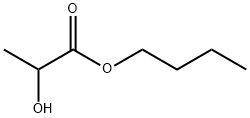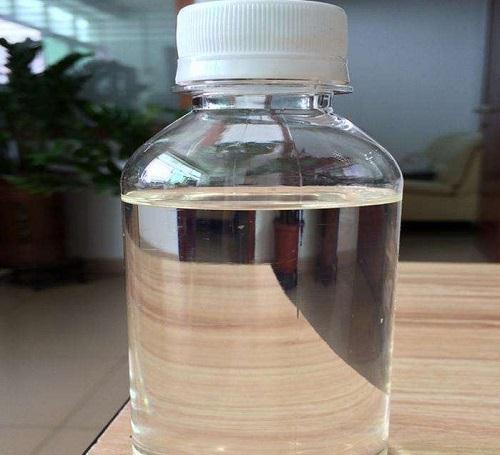Butyl Lactate: Natural Occurrence, Versatile applications and Safety Assessment
General Description
Butyl lactate, a naturally occurring compound found in foods and beverages such as apple brandy, cider, grape brandy, guava wine, and various types of wine, contributes to their complex flavor profiles. This colorless liquid is widely utilized across industries, serving as a solvent in coatings, resins, fragrances, paints, inks, adhesives, and cosmetics. It also acts as a raw material in pharmaceuticals, agrochemical intermediates, and food flavorings. Safety assessments indicate low risk in areas such as genotoxicity, repeated dose toxicity, reproductive toxicity, skin sensitization, and environmental impact, further establishing its suitability for use. Overall, butyl lactate's diverse natural occurrence and versatile applications make it a valuable component in various products and industrial processes.
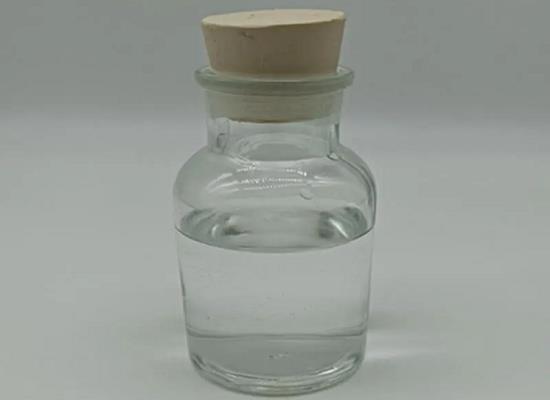
Figure 1. Butyl lactate
Natural occurrence
Butyl lactate is a compound that can naturally occur in various foods and beverages. According to the VCF (Volatile Compounds in Food) database, it has been reported to be present in several food items, including apple brandy (Calvados), cider (apple wine), grape brandy, guava wine, and wine. Apple brandy, also known as Calvados, is a type of brandy made from apples, particularly popular in the Normandy region of France. Cider, which is essentially fermented apple juice, can also contain butyl lactate as a natural component. Grape brandy, made from the distillation of fermented grapes, is another alcoholic beverage where butyl lactate can be found. Guava wine, made from the fermentation of guava fruit, is another source of butyl lactate. Additionally, butyl lactate has been detected in various types of wine, which are produced by fermenting grapes or other fruits. Overall, butyl lactate's presence in these food and beverage items adds to the complex flavor profiles of these products. While it is not a dominant component, its natural occurrence contributes to the overall aroma and taste characteristics, enhancing the sensory experience for consumers. 1
Versatile applications
Butyl lactate, a colorless liquid with low water solubility and resistance to hydrolysis, finds diverse applications across various industries. It can oxidize to form pyruvic acid when exposed to air at high temperatures, and can be hydrogenated to produce propane-1,2-diol with the presence of a copper-chromium catalyst. Butyl lactate can react with ammonia to yield butyl lactamide and butanol. Its solubility properties make it compatible with alcohols, ethers, paint solvents, diluents, and oils. As a high-boiling point solvent, it dissolves resin and cellulose esters effectively. Widely used in coatings, resins, fragrances, paints, inks, adhesives, and anti-stripping agents, it serves as a key ingredient in nail polish and cosmetics. Additionally, it acts as a raw material in pharmaceuticals, agrochemical intermediates, and as a food flavoring agent for dairy products, cheese, butter toffee, vanilla, mushroom, nut, coconut, and coffee flavors. Its versatility and compatibility make it a valuable component in various industrial processes. 2
Safety assessment
Safety assessment of Butyl lactate covers a range of aspects including genotoxicity, repeated dose toxicity, reproductive toxicity, local respiratory toxicity, phototoxicity/photoallergenicity, skin sensitization, and environmental safety. Data obtained from read-across analogs such as ethyl (L)-lactate indicate that Butyl lactate is unlikely to exhibit genotoxic effects. Furthermore, assessments based on read-across materials like butyl alcohol and lactic acid suggest that the calculated margin of exposure (MOE) for repeated dose and reproductive toxicity endpoints is greater than 100, indicating a low risk in these areas. Regarding skin sensitization, the dermal sensitization threshold for non-reactive materials was considered, and exposure levels were found to be below this threshold. Evaluation based on UV spectra indicates that Butyl lactate is not expected to cause phototoxicity or photoallergenic reactions. In terms of local respiratory toxicity, the calculated margin of exposure was again found to be greater than 100. Environmental assessments have shown that Butyl lactate does not meet the criteria for being Persistent, Bioaccumulative, and Toxic (PBT) according to IFRA standards. The risk quotients based on the predicted environmental concentration and predicted no effect concentration are less than 1, indicating a low risk to the environment given its current usage levels in Europe and North America. 3
Reference
1. Butyl 2-hydroxypropanoate (=butyl lactate). Volatile Compounds in Food. CAS: 138-22-7.
2. Butyl lactate. National Center for Biotechnology Information. 2024; PubChem Compound Summary for CID 8738.
3. Api AM, Belsito D, Biserta S, et al. RIFM fragrance ingredient safety assessment, butyl lactate, CAS registry number 138-22-7. Food Chem Toxicol. 2021; 153: 112174.
Related articles And Qustion
Lastest Price from Butyl lactate manufacturers
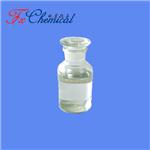
US $0.00/KG2025-04-21
- CAS:
- 138-22-7
- Min. Order:
- 25KG
- Purity:
- 98%min
- Supply Ability:
- 30tons/month
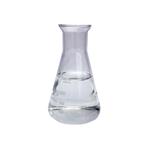
US $0.00-0.00/KG2025-04-15
- CAS:
- 138-22-7
- Min. Order:
- 1KG
- Purity:
- 99%
- Supply Ability:
- 500000kg
